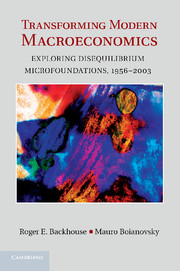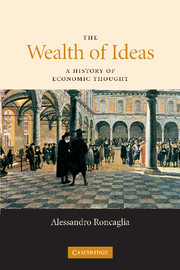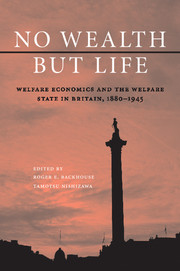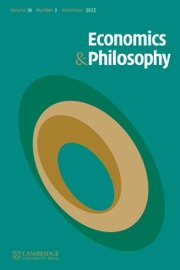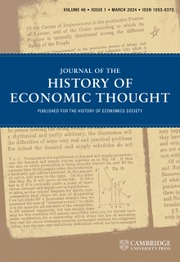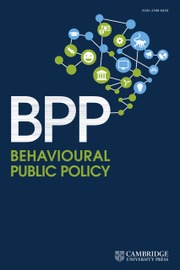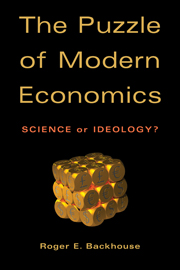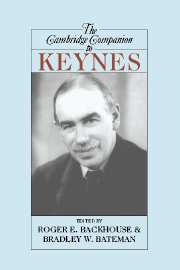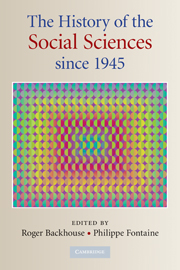Transforming Modern Macroeconomics
This book tells the story of the search for disequilibrium micro-foundations for macroeconomic theory, from the disequilibrium theories of Patinkin, Clower and Leijonhufvud to recent dynamic stochastic general equilibrium models with imperfect competition. Placing this search against the background of wider developments in macroeconomics, the authors contend that this was never a single research program, but involved economists with very different aims who developed the basic ideas about quantity constraints, spillover effects and coordination failures in different ways. The authors contrast this with the equilibrium, market-clearing approach of Phelps and Lucas, arguing that equilibrium theories simply assumed away the problems that had motivated the disequilibrium literature. Although market-clearing models came to dominate macroeconomics, disequilibrium theories never went away and continue to exert an important influence on the subject. Although this book focuses on one strand in modern macroeconomics, it is crucial to understanding the origins of modern macroeconomic theory.
- Covers an important period in the history of macroeconomics (1956–2003) that historians have not yet studied in depth
- Roger Backhouse is one of the UK's leading methodologists and historians of economic analysis
- Draws on archival materials and is based on analysis of a wide theoretical literature
Reviews & endorsements
'Roger Backhouse and Mauro Boianovsky provide a fascinating, lively and meticulously researched account of the quest for non-Walrasian microfoundations of macroeconomic theory, from the efforts of Don Patinkin, Robert Clower, and Axel Leijonhufvud to understand Keynesian economics in terms of quantity constraints and coordination failures to recent attempts to incorporate imperfect competition in dynamic stochastic general equilibrium models. This book belongs on the shelf of anyone interested in modern macroeconomics and its history.' Robert W. Dimand, Brock University
'For the real story of how macroeconomics got to its present state, you need to read this book. Backhouse and Boianovsky do a beautiful job of untangling a complicated literature that others have found convenient to forget.' Peter Howitt, Brown University
‘… this is a very nice book written by two specialists on the history of macroeconomics, and one that brings to the fore a crucial development that transformed the area: the disequilibrium literature.’ Pedro Garcia Duarte, Journal of the History of Economic Thought
Product details
November 2012Adobe eBook Reader
9781139786614
0 pages
0kg
13 b/w illus.
This ISBN is for an eBook version which is distributed on our behalf by a third party.
Table of Contents
- 1. Introduction
- 2. Macroeconomics after Keynes
- 3. Don Patinkin and the neoclassical synthesis
- 4. Clower, Leijonhufvud and the re-appraisal of Keynesian economics
- 5. Macroeconomics with slow price adjustment
- 6. 'Equilibrium' microfoundations
- 7. General equilibrium and imperfect competition
- 8. Microeconomics and macroeconomics
- 9. After the 1970s
- 10. Conclusions
- Bibliography.

